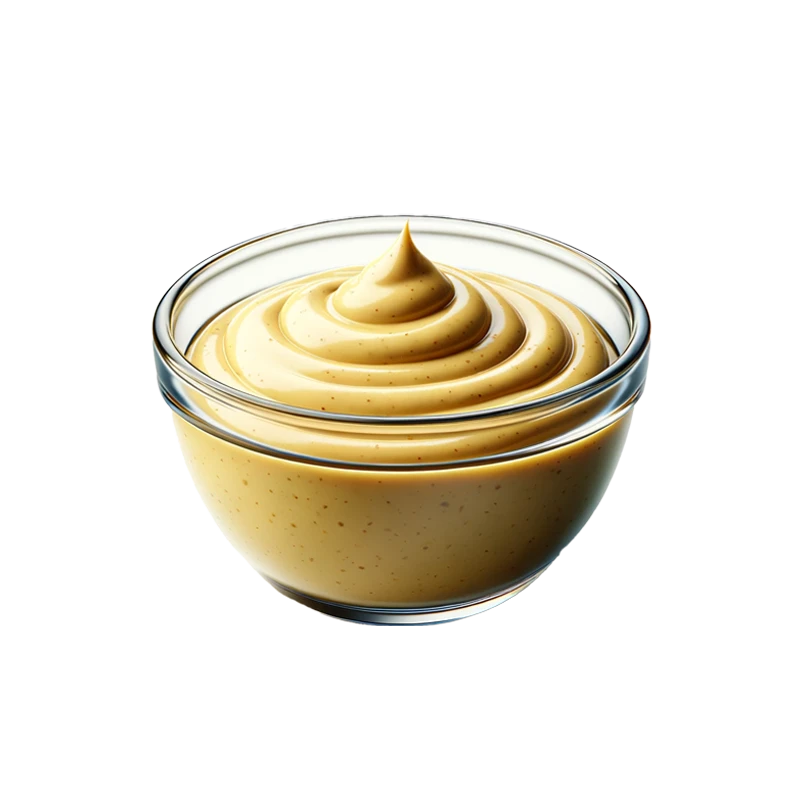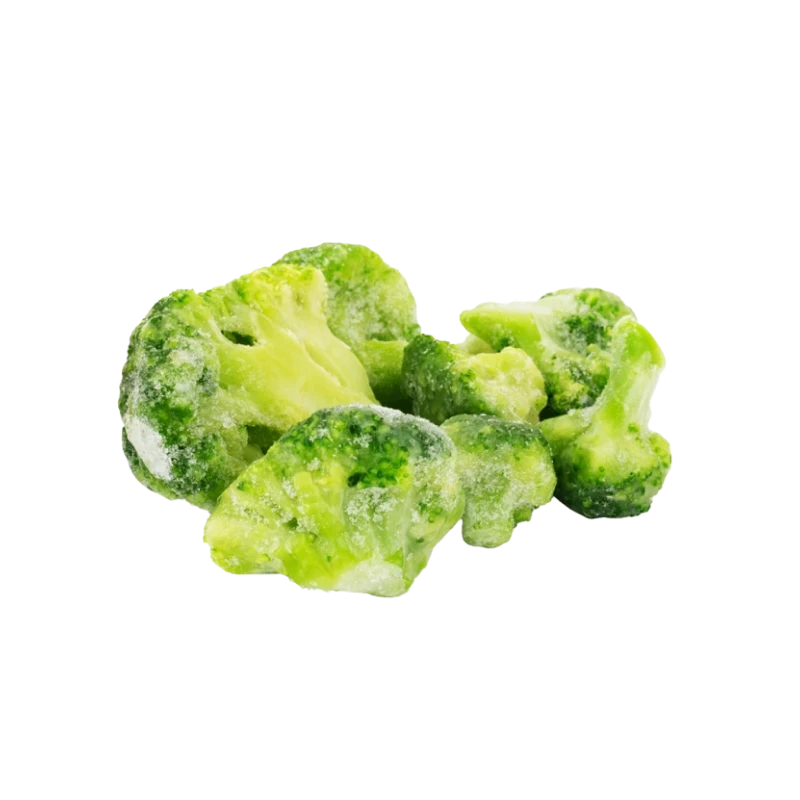Caesar Dressing — Nutrients, Health Benefits, and Shopping Tips

Written by Listonic Team
Last update on September 4, 2024
Nutrients
Nutrition facts
Amount per 100 g
Calories
🔥 542 kcal
| Nutrients per: 100 g | Value | % Daily Value* |
|---|---|---|
| Carbs | 3 g | 1.09% |
| Fiber | 0 g | - |
| Sugars | 1 g | 2% |
| Glycemic Index | 0 | - |
| Protein | 2 g | 4% |
| Sodium | 1046 mg | 45.48% |
| Total Fat | 57 | 73.08% |
*The % of Daily Value (DV) tells you how much a nutrient in a serving of food contributes to a daily diet. 2,000 calories a day is used for general nutrition advice.
3 g
⬇️ Low Carb Content
Key takeaways
Health benefits
- Provides flavor to salads, making them more enjoyable and palatable, which can encourage the consumption of vegetables.
- Contains healthy fats (if made with ingredients like olive oil), which support heart health and provide essential fatty acids.
- Can be a source of calcium (if made with Parmesan cheese), which is important for bone health.
- Contains protein from ingredients like anchovies and cheese, which support muscle growth and repair.
Health risks
- High fat content particularly in dressings made with mayonnaise or oil, which can contribute to increased cholesterol levels and raise the risk of heart disease.
- High sodium content which can contribute to hypertension and increased cardiovascular risks, especially when consumed frequently.
- Potential for hidden sugars in some commercial dressings, contributing to increased caloric intake and potential weight gain.
- Raw egg content in traditional Caesar dressing recipes, which can pose a risk of salmonella if the eggs are not pasteurized.
How to choose caesar dressing
A high-quality Caesar dressing will have a creamy texture and a balanced flavor of Parmesan cheese, anchovies, and garlic. Look for dressings that list real cheese and anchovies near the top of their ingredients for authenticity and taste.
Steer clear of Caesar dressings that contain artificial flavors or preservatives, which can undermine the classic taste. A good dressing should not separate or appear oily when settled.

How to store caesar dressing
Caesar dressing should be stored in the refrigerator once opened and used within its expiration date. Keeping it tightly sealed helps maintain its flavor and prevent contamination. Properly stored, caesar dressing can last for several weeks.
Leaving caesar dressing at room temperature can lead to spoilage, so this should be avoided. Shaking the bottle before each use ensures the ingredients are well mixed. Using clean utensils to scoop out the dressing helps prevent contamination.
✅ Extra Tip
How long does it last?
Caesar dressing can last for 1-2 months in the refrigerator once opened. Always check the expiration date on the container. For the best quality, use it within these time frames and ensure it is tightly sealed.
What to do with leftovers?
Leftover Caesar dressing can be used in a variety of creative ways. Toss it with greens and croutons to make a classic Caesar salad, or use it as a dip for vegetables like carrots, celery, and bell peppers. Caesar dressing is also great as a spread on sandwiches or wraps, adding a tangy, savory flavor.
Use Caesar dressing as a marinade for grilled chicken or shrimp, where it adds richness and depth of flavor. It can also be mixed into a pasta salad for a creamy, tangy twist. If you have extra Caesar dressing, consider using it as a sauce for a pizza or flatbread, topped with your favorite ingredients. Caesar dressing can also be drizzled over roasted vegetables or used as a base for a creamy potato salad. For a quick and easy meal, toss Caesar dressing with cooked pasta and grilled chicken for a light and satisfying dish.
👨⚕️️ Medical disclaimer
Discover products from other categories
Listonic Team
Fact-checked
Our editorial team checked this article to make sure it was accurate at the time of publishing it.
Get the top-rated shopping list app

caesar dressing







